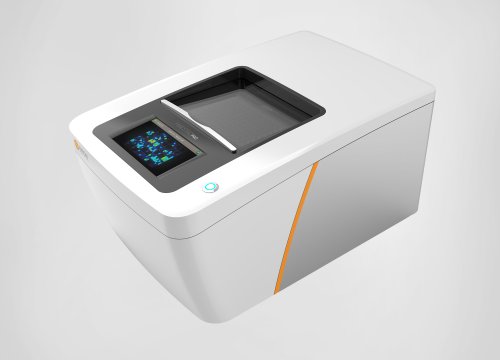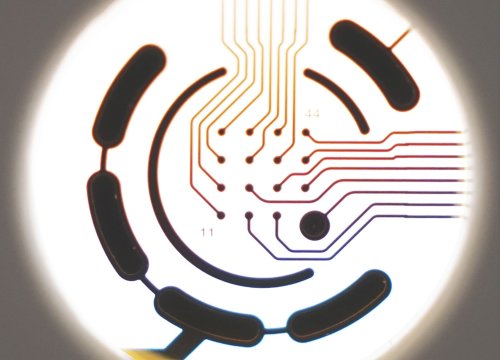Zhang H, Cai X, Xiang C, Han Y, and Niu Q.
Ecotoxicology and Environmental Safety, 2021
Summary:
Previous reports have demonstrated that aluminum can cause neurotoxic injuries and suggest that the mechanism can alter electrophysiological and neuronal network changes in neurons. In this study, the authors used primary mouse hippocampal neurons in Axion's MEA system to record neural network activity post- AI-dose and showed significant inhibition of electrical spike activity. MEA recordings and post-analysis showed Al exposure significantly affected weighted firing rate, burst frequency, burst duration, network burst frequency, and synchrony index in a dose- and time-dependent manner.
Through lentivirus transfection the authors were able to uprefulate miR-29a in hippocampal neurons and reverse the decrease in spike activity. These findings along with changes in neurite growth, changes in phosphorylation of Protien Kinase B suggests that miR-29a is a potential target for aluminum toxicity and a potential pathway to the aluminum induction of electrical activity.


